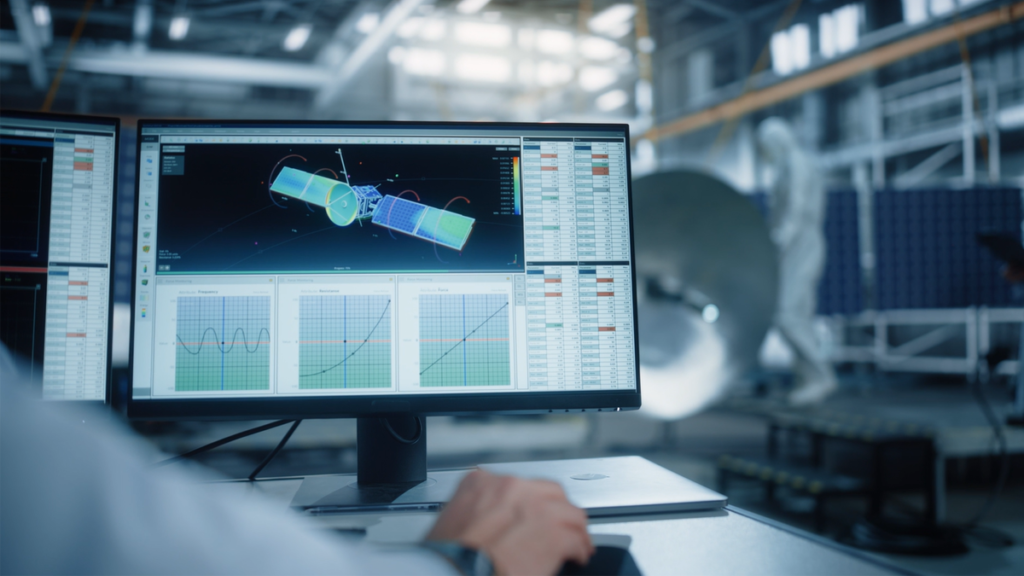Claudia Smith, Regional Business Development Manager, Globalstar, discusses what satellite IoT technologies can do to combat natural disasters.
Besides loss of life, there are other significant losses that communities suffer due to natural disasters, such as damage to infrastructure, misplacement of assets and overall financial impact. In 2022 alone, the United States has suffered nine natural disasters with damages totalling over $1 billion, according to the National Oceanic and Atmospheric Administration. Satellite IoT brings revolutionary technology that can prevent damage from natural disasters and aid in disaster recovery.
Satellite for survival
Satellite IoT devices are a game changing tool for asset tracking and monitoring. Asset monitoring refers to the practice of tracking the location and status of physical assets. In a community, assets can range from buildings to modes of transportation to landmarks. Essentially, an asset can be any form of infrastructure that belongs to a locality or organisation.
By transmitting small bursts of data (at a set number of intervals), satellite IoT devices provide reliable coverage while consuming low power. Satellite networks provide coverage where traditional networks would struggle or fail.
In the case of a natural disaster or extreme weather, remaining connected becomes even more crucial. When a massive storm blows through, some of the first things to go are power and cellular networks. There’s no need to panic if this happens, because satellite connectivity is reliable even in remote areas, or in those cases when traditional networks fail. Staying connected with satellite networks enables continued visibility into the status of valuable assets.
Sensors at the source
Typically, there are warning signs of natural disasters or extreme weather leading up to the event. With fast identification of unexpected activity, satellite IoT devices can signal potential problems before the average person could even be made aware.
Sensors can detect warning signs such as rising or receding water levels and atmospheric pressure changes. Once detected, the sensors will transmit this information back to the device owner to warn them about the abnormality.
For example, a sensor can be placed on trees in a forest to detect potential wildfire. The sensors would gather information on gases released in the surrounding air, triggering an alert if there was something off. In turn, satellite IoT devices provide better visibility with up-to-date sensor information.
Protection against costly losses
The asset tracking industry has been identified as one of the biggest cost-savers in the modern supply chain, and the value of the market is expected to increase at a rate of 17.1% CAGR in the next five years. The cost of loss from natural disasters can reach the billions – therefore, it’s imperative to be proactive by mitigating loss and damage when possible.
Due to the increased visibility of assets, satellite IoT asset trackers protect against loss. The technology utilises location data and geofencing to zero in on GPS coordinates. In the case of an asset becoming damaged or misplaced due to a natural disaster, the asset tracker will provide updates on its location and status.
For example, a piece of equipment could be widely displaced from major winds or flooding. Consider a piece of machinery being swept up in raging waters of a flood, and how far it could be carried depending on the intensity of the storm. Utilising GPS coordinates is one way to easily track down assets after displacement.
Future planning
Protecting people and assets, as well as the communities they belong to, is paramount for safety management. While natural disasters cannot be controlled and are often unpredictable, damage can be minimised with proper planning and an organised response.
Using satellite IoT technology is an effective way to predict and prevent massive devastation. By collecting data from extreme weather events, emergency managers and local leaders can have a better understanding of disasters and be more proactive in their response. Providing visibility into the status of assets is an essential way to prepare for the future.
As illustrated by the statistics, satellite IoT is one tool that can be used in all steps of the four-part disaster cycle: mitigation, preparedness, response, and recovery. With the numbers of natural disasters only expected to increase, the time to be prepared is now.
Looking for similar content? There’s more on environmentally-focused technologies at our Smart Cities page.
And for other content on engineering, hardware, and more, visit our sister publication, Electronic Specifier and its Eco Innovation page. Plus, your thoughts are always welcome at our comments section below and our LinkedIn page here.
